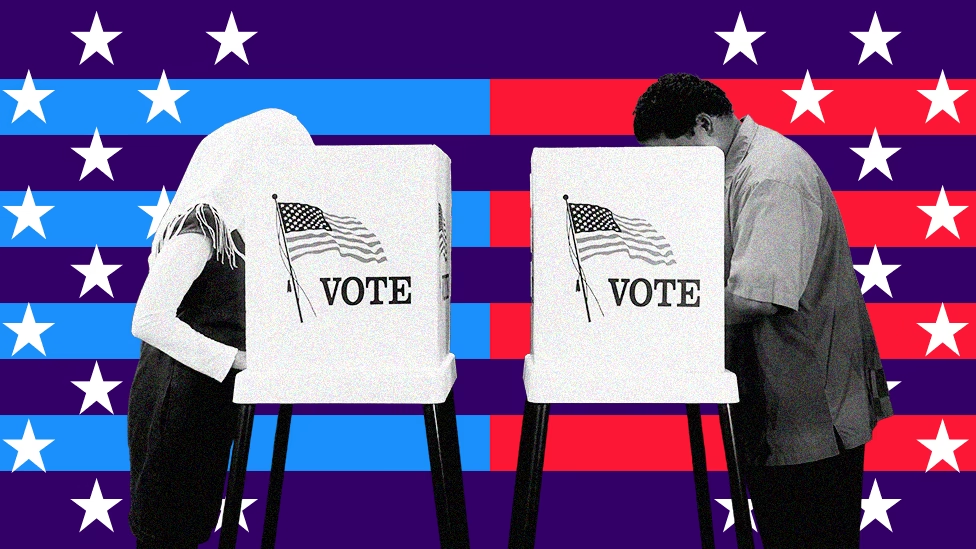The way we elect our president in the United States is pretty unique. It involves both the popular vote and something called the Electoral College. Here’s a simple breakdown of how it all works:
1. Primary Elections and Caucuses
– Each political party has primary elections or caucuses in every state. During these events, party members (and sometimes independents) vote for the person they want to be president.
– The goal of these primaries and caucuses is to choose delegates who promise to support specific candidates at the party’s national convention.
– Some states use a primary election (like a regular vote), while others have a caucus (a local meeting where party members openly support candidates).
2. Party Conventions
– The major political parties (usually Democratic and Republican) have a big national convention in the summer before the general election.
– Delegates from each state vote to officially pick the party’s candidate for president.
– The convention kicks off the party’s campaign, introduces the vice-presidential candidate, and lays out the party’s platform.
3. General Election (Popular Vote)
– The general election happens on the first Tuesday after the first Monday in November.
– People all over the country vote for president and vice president. This is called the “popular vote” and shows how many individual votes each candidate gets.
– But the popular vote doesn’t directly decide who wins the presidency. It guides how each state’s electors in the Electoral College will vote.
4. The Electoral College System
– The Electoral College has 538 electors, with each state getting a certain number. The number of electors per state is the total of its Congressional representatives (House members plus two Senators). Washington, D.C. also has three electoral votes.
– To become president, a candidate needs at least 270 electoral votes out of 538.
– Here’s how it works:
– Winner-Take-All: In almost every state, the candidate who wins the popular vote gets all of that state’s electoral votes.
– Maine and Nebraska’s Proportional System: These states do things differently, giving two electoral votes to the statewide winner and dividing the rest based on the popular vote in each congressional district.
5. Electors Vote
– After the general election, electors meet in their state capitals in December to cast their official votes for president and vice president.
– Electors usually follow their state’s popular vote, but sometimes they go against it. Some states have laws that make electors vote the way the state did.
6. Congress Certifies the Vote
– In early January, Congress gets the electoral votes. The House and Senate meet together to count the votes and make the results official.
– If a candidate has 270 or more electoral votes, they are declared the president-elect.
7. Inauguration Day
– The president-elect takes office on January 20th and starts their four-year term.
Key Points of the Electoral College System
– Balancing Power Between Large and Small States: The Electoral College gives smaller states a say by giving each state at least three electoral votes, no matter how many people live there.
– Controversy: Some people think the Electoral College lets a candidate win the presidency without winning the popular vote, which has happened before. Others say it keeps things fair and stops big cities from deciding everything.
– Historical Origin: The system was made in 1787 as a compromise between letting citizens vote and letting Congress vote.
This system mixes direct democracy (popular vote) with a way to make sure every region and state has a say in picking the president.



